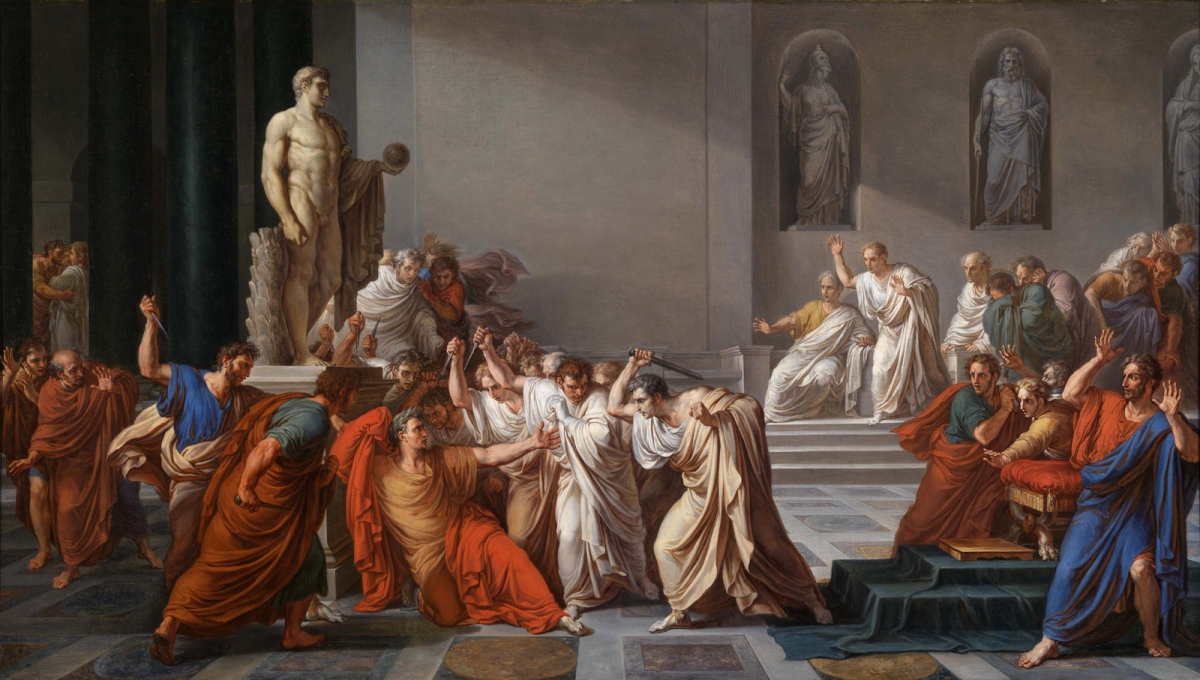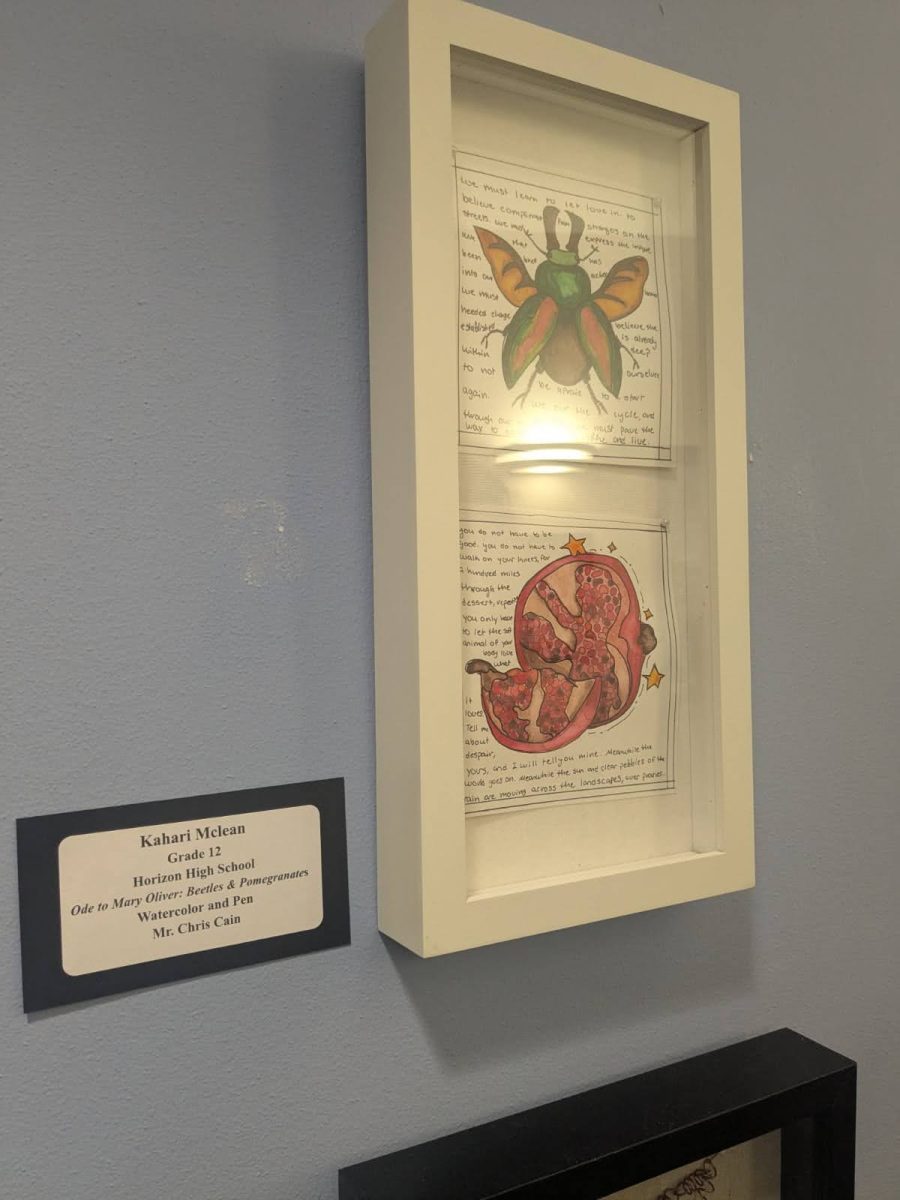¨The Caretaker: Everywhere At the End of Time¨ is an audio art project created by the creator ¨The Caretaker¨ or, James Kirby. Everywhere At the End of Time, is a 6 ½ hour piece of music meant to musically simulate the mind of someone experiencing Alzheimer’s.
Alzheimer’s, also referred to as Senile Dementia is a progressive disease that destroys the minds ability to hold onto memory and other important mental functions. As this disease progresses the victim will become more and more disoriented, struggle with day-to-day functions and more. While Alzheimer’s is an extremely common condition, impacting more than 3 million people in the US alone, there is no cure. Everywhere At the End of Time is meant to simulate for the listener what this disease may feel like.
The album is known for its eerie sound, that overtime becomes more distorted, and harder to coherently hear. The album of sorts is broken into stages, similarly to Alzheimer’s stages of destruction. The 6 stages of this album can be broken down into, daydream, denial, reality, rupture, horror, and nothing. Along with these stages, each as there own accompanying art. Which the art pieces are meant to serve as a visual depiction of the audio.
Beginning with Stage 1 makes up the first 38 minutes of the album. This first stage is filled with looping ballroom songs, and familiar sounds. Accurately described as the ´Daydream´ phase, this first phase is meant to be a auditory representation of reliving the victims glory days, and familiar memories. The sound in the daydream phase almost sounds like it´s coming from another room at time, or being played on an antique record player. This further immerses the reader into the mindset. The music remains quite simple, and peaceful. Stage 1 is also when the victim would begin experiencing and showing signs of developing Alzheimer’s. The ´Daydream´ is visually represented by a piece called ¨The last of the great days¨. The last of the great days depicts what seems to be a gray scroll or newspaper of sorts, which is standing in front of a ominous blue gradient backdrop.
Continuing into the refusal stage, phase 2, the music remains in the ballroom music genre.There is a slight difference in this stage but just subtly. While the overall feeling is still very similar, the music itself feels more eerie, slightly more staticy and ominous. The music carries a stronger echo then previously, the echo comes in and out, creating a fading sensation for the audience. The art accompanying this phase is named, “Refusal¨. The art depicts a almost homemade looking flower vase, thats slightly crumbling. The vase holds four slightly drooping white roses, and a blue background with a slightly rusted look. This art piece reminds me of something you would find at your grandparents house, with a more decrepit look.
Phase 3, titled Broken, is the first stage that feels noticeably disorienting. This is also the last ¨lengthy¨ chapter of this album. Phase 3 comes out to around an hour and a half. The ¨Broken¨ stage is meant to be the final stage before the victims Senile dementia fully takes over. Once more the musical instruments are distorted, they almost sound entangled in each other. I feel the art accompanying this phase matches perfectly with the sound. The image almost looks like entangled moss and seaweed, the background look similar to porcelain dishes, with the sickly pale blue. The image is almost overwhelming to look at. While the art itself looks very twisted and mushed together, its contrasted with bright greens, making the peace more disorienting.
Phase 4, appropriately titled ¨Confusion¨. Phase 4 is only made up of four song, but instead of shorter songs, the songs average around 30 minutes long. The use of longer songs creates the distorted mindset for the victim. The long stretched out songs almost sound like a looping sound with an occasional difference in tone. This phase has my absolute favorite piece of art from the entire album. This piece, like the phase, is titled ¨Confusion¨. There is silhouette of a woman with a veil sitting on the back of her head. There are no recognizable features to her face, except the silhouette of her nose. The texture of this piece reminds me of worn down copper, but with a much stronger blue hue. This piece gives the listener a person to imagine the music with, creating a deeper, stronger experience.
Phase 5, titled “Familiarity”. The beginning song of this phase is quite jarring, and almost terrifying to hear. The muddledness from the previous phases is no longer existent. The music is abrupt, almost interrupting itself, it feels sharp and angry. My first listen of this phase left me quite startled. This phase also leads way for a strong contrast to the final phase. The art accompanying this phase is very abstract, it looks like a unfinished sculpture, with a staircase leading to nowhere. The art is also quite dull in comparison to previous pieces. Phase 5 is only made up of four songs, following in the same pattern as phase 4.
Phase 6, is given no title. This is the end of the victims journey. Even the official description is unexplanatory, “Post-Awareness Stage 6 is without description”. There really is no more music, just sound. The accompanying art is what appears to be a orange-ish drywall, with blue painters tape creating a square. This piece feels very mundane in comparison to the previous ones. Alongside the static noise, and then silent last track, its clear to the listener there’s no mental remnant of the victim.
I highly suggest taking some time to listen to one or two tracks from each phase. Not only is this piece eerie and creates a very unique listening experience, but it really does create an interesting mindset for the listener.








